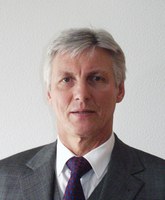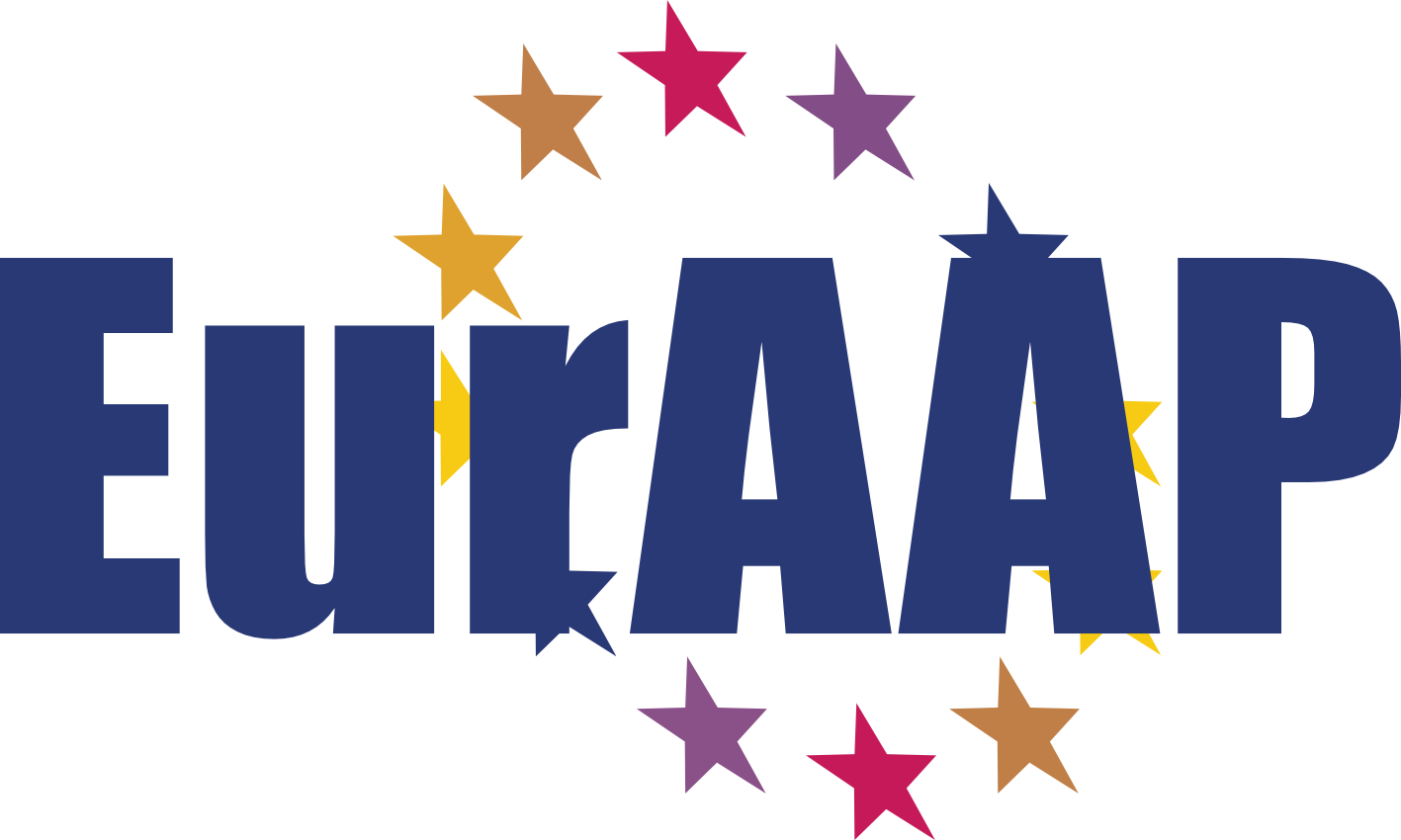SC07 (A): Radar 2020: System Concepts for the Radar of the Future
Werner Wiesbeck
Karlsruhe Institute of Technology, Germany

Werner Wiesbeck received the Dipl.-Ing. (M.S.E.E.) and the Dr.-Ing. (Ph.D.E.E.) degrees from the Technical University Munich in 1969 and 1972, respectively. From 1972 to 1983 he was with product resposibility for mm-wave radars, receivers, direction finders and electronic warfare systems in industry. From 1983 to 2007 he was the Director of the Institut für Höchstfrequenztechnik und Elektronik (IHE) at the University of Karlsruhe (TH) and he is now Distinguished Senior Fellow at the Karlsruhe Institute of Technology (KIT). Research topics include antennas, wave propagation, Radar, remote sensing, wireless communication and Ultra Wideband technologies. He is author and co-author of several books and of more than 800 publications, supervisor of more than 90 PhDs, and responsible supervisor of over 600 Diploma-/Master theses and he holds over 60 patents. He is Chairman of the GRS-S Awards Committee, he was Executive Vice President IEEE GRS-S (1998-1999), President IEEE GRS-S (2000-2001). He has been General Chairman of several conferences. He is the recipient of a number of awards, lately the IEEE Millennium Award, the IEEE GRS Distinguished Achievement Award, the Honorary Doctorate (Dr. h.c.) from the University Budapest/Hungary, the Honorary Doctorate (Dr.-Ing. E.h.) from the University Duisburg/Germany, the Honorary Doctorate (Dr.-Ing. E.h.) from the Technische Universität Ilmenau and the IEEE Electromagnetics Award 2008. He is a Life Fellow of IEEE, an Honorary Life Member of IEEE GRS-S, a Member of the Heidelberger Academy of Sciences and Humanities and a Member of the German Academy of Engineering and Technology (acatech).
Context
State of the art Radars are last millennium products and not state of the art system technology! They will disappear from the market like many other products in the past. The course looks into the future of radar system engineering.
The core part of the course is the presentation of the concepts for future radar, which will be significantly different from the state of the art radars, with systems functions like Digital Beamforming, MIMO Radar, Intelligent Signal Coding (e.g. OFDM) and Antenna Array Imaging for high resolution-small size radars.
Course content
The first Radar has been patented almost 110 years ago. Meanwhile the applications became numerous and the system concepts have been adopted to the available technologies for the special application requirements. Typical examples are the pulse Radar, Synthetic Aperture Radar, Phased Array or automotive Radar, to name only four. In the next years the state of the art Radar system concepts will experience almost a revolution; the implementation of the technologies that are available since quite some years, mostly resulting from communication technologies, has been too long delayed. The major ideas/technologies for future Radar system concepts are:
- intelligent signal coding
- MIMO Radar
- Digital Beam-Forming (DBF)
- array imaging
- combination Radar x communication = RadCom
The Intelligent Signal Coding covers time/spectrum simultaneously, f.e. by OFDM. This increases the efficiency of the rare spectrum significantly and allows also a much more efficient signal processing. The MIMO Radar is regarded as inevitable for an efficient Radar space coverage. It includes as minimum two transmit and two receive antennas, in practice the number of receive antennas will be much higher. These are the basis for Digital Beam-Forming, with single or multiple beams in the 2D- or 3D-space (range, azimuth, elevation). The Array Imaging, based on MIMO Radar with highly de-correlated transmit signals radiated, allows to virtually increase the receive antenna array basis and by this the resolution of the Digital Beam-Forming. The Intelligent Signal Coding is the basis for including information in the radiated signals. The identical radiated signals are used simultaneously for the Radar operation and for Communication – RadCom.
These new technologies will allow completely new functions and applications and they can replace most of the existing system concepts. The Radars of the future will render more information, be more flexible and it will also be smaller and significantly cheaper. This is important, because the number of Radars will in the next years significantly increase for automotive and industrial applications and become a multi million systems business. The presentation will explain these new technologies and show their integration for the Radar of the Future.


















